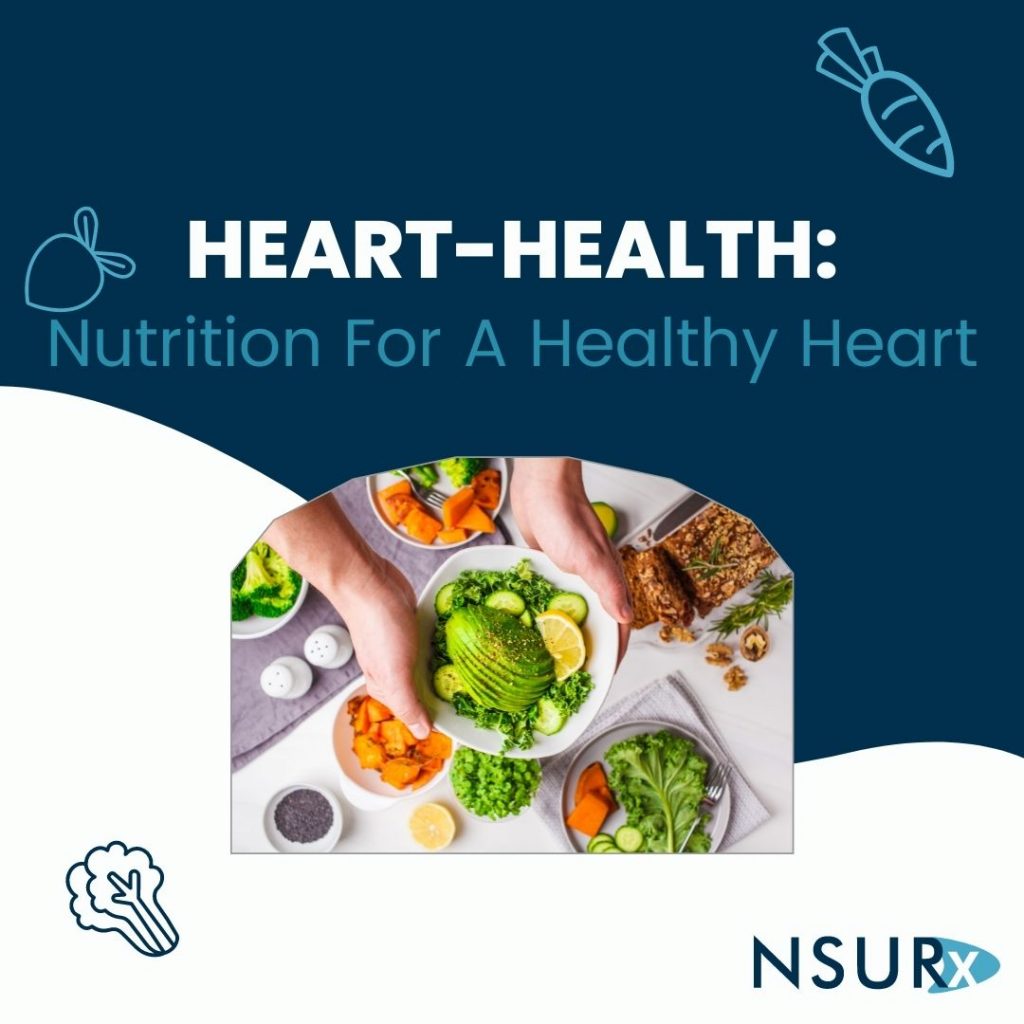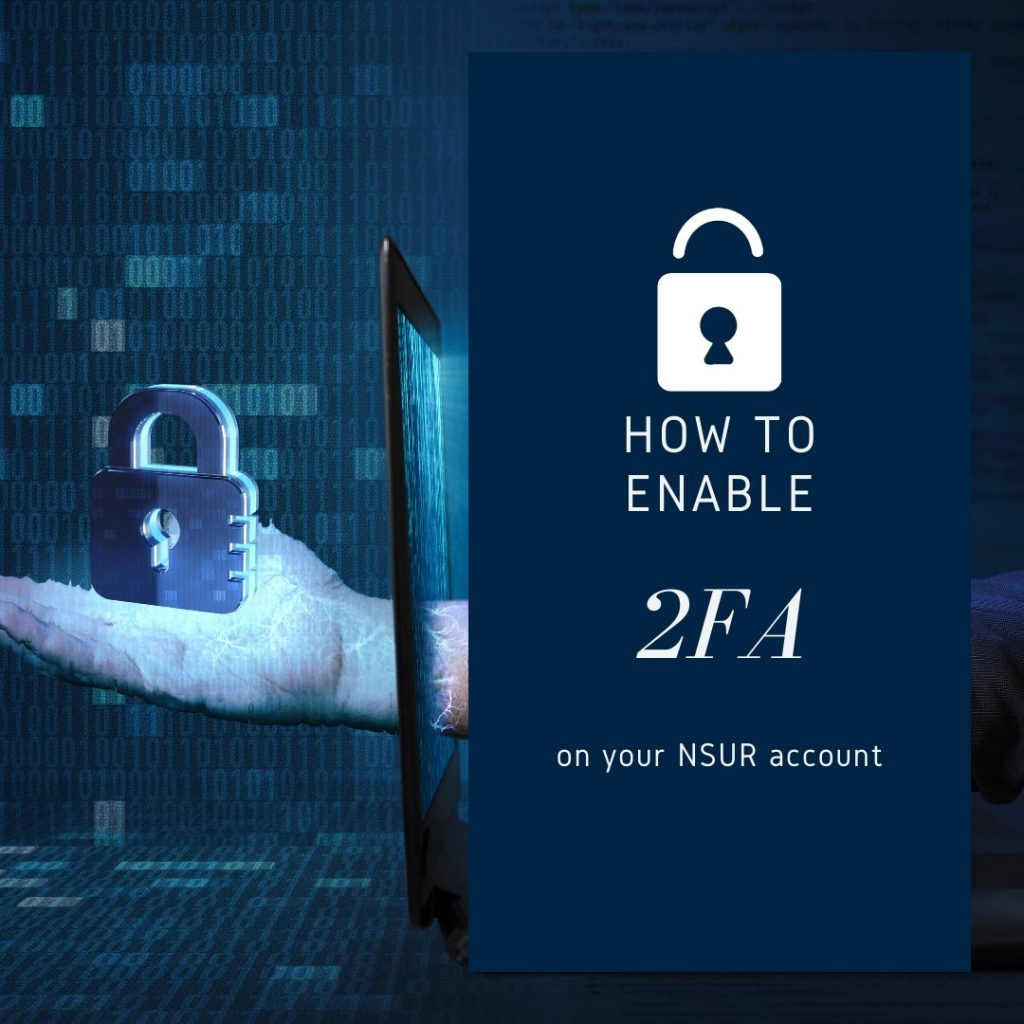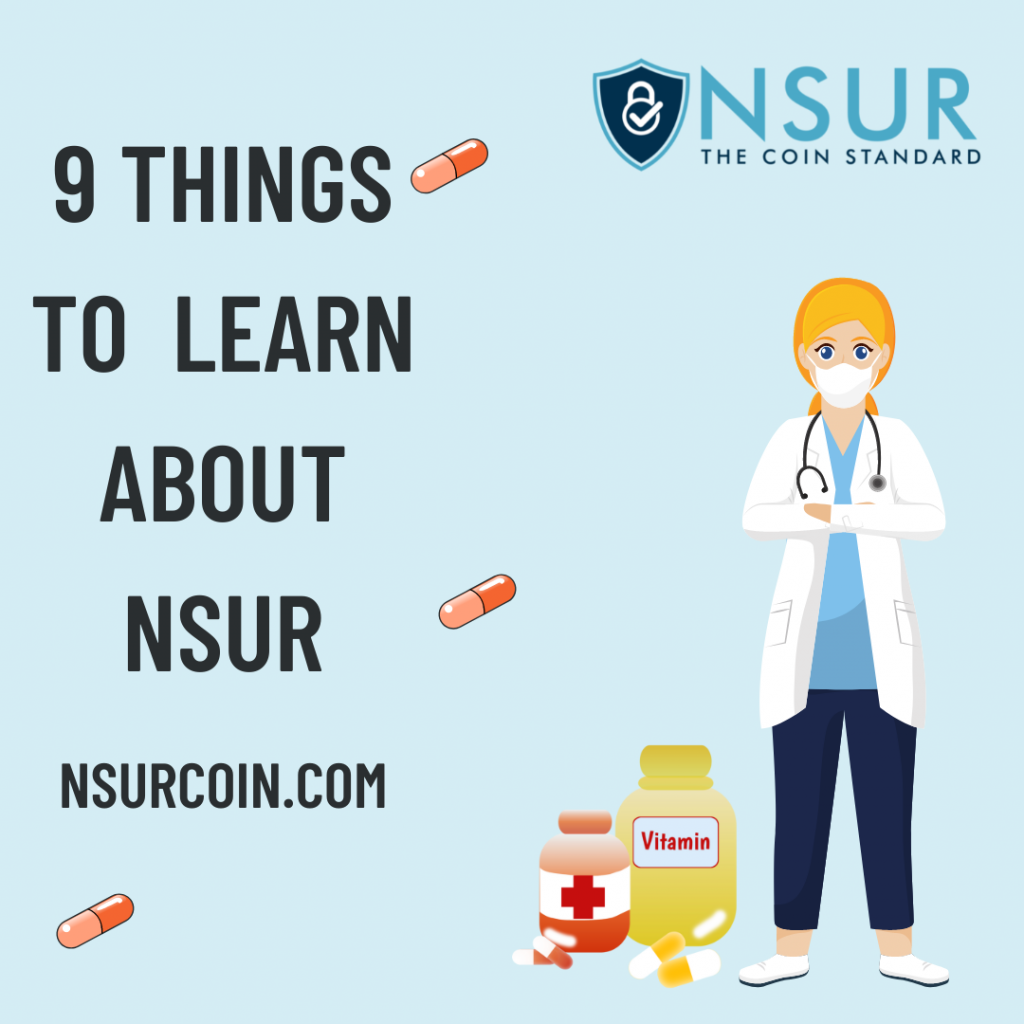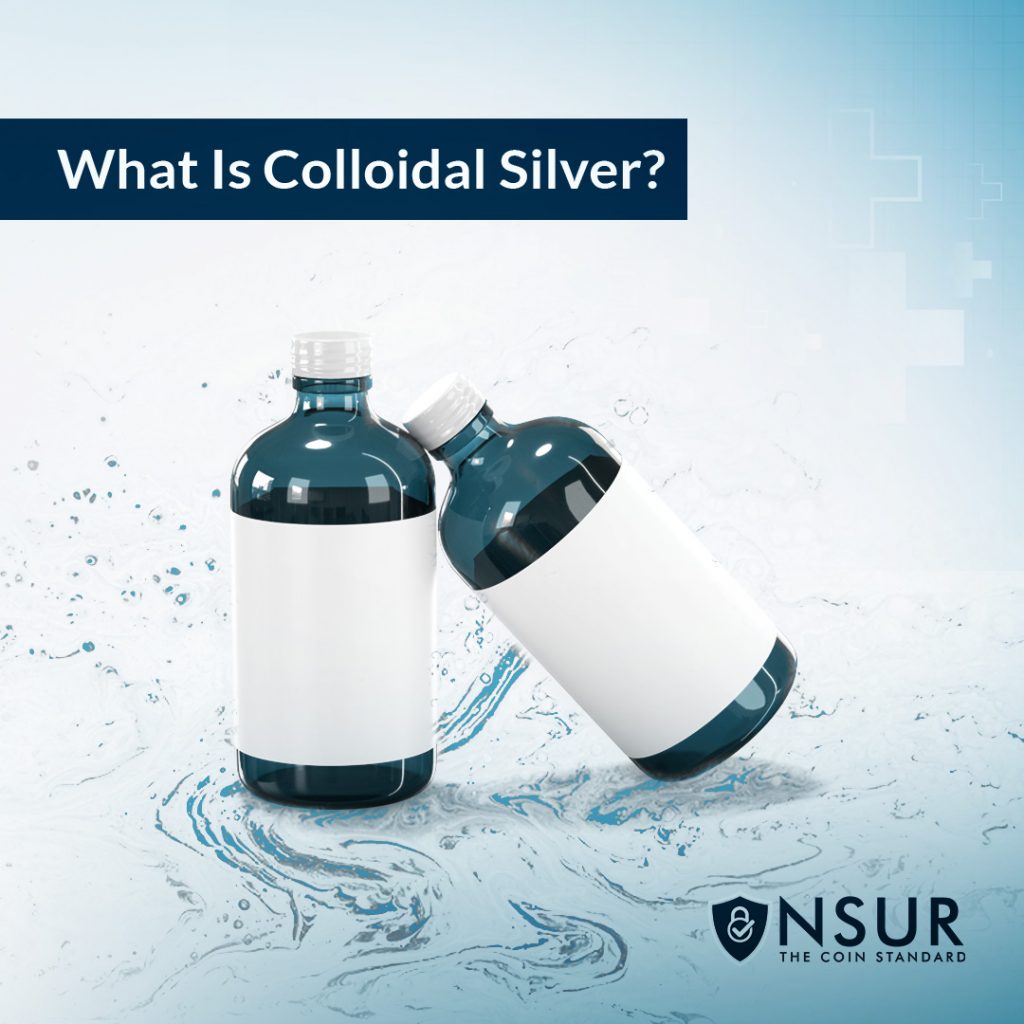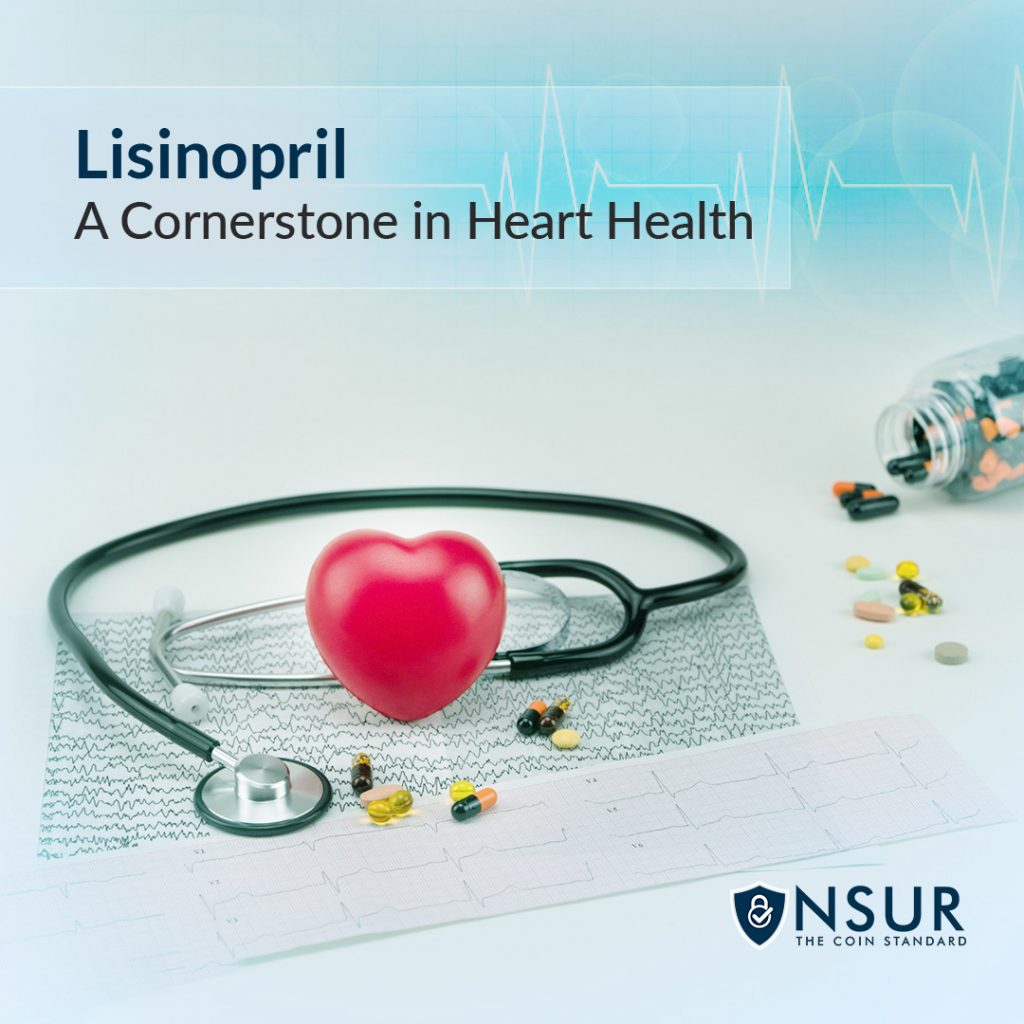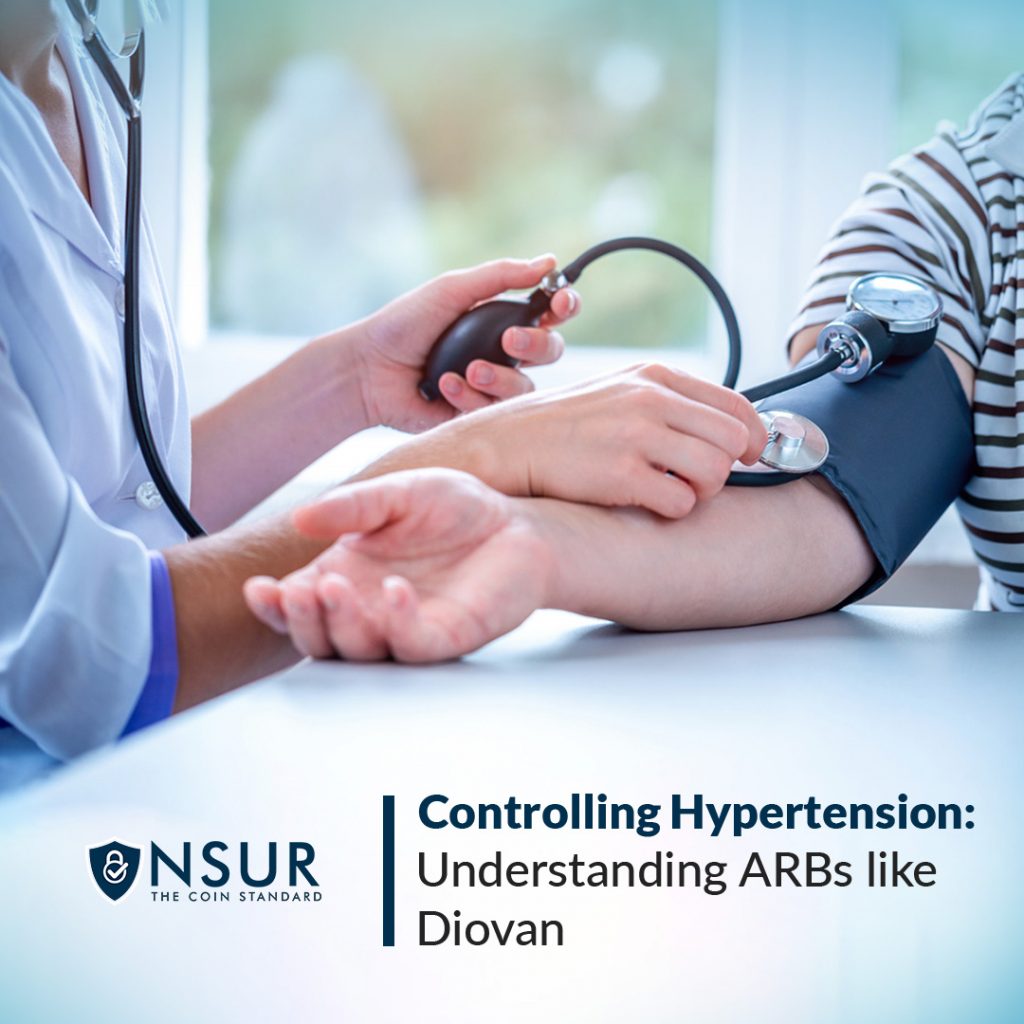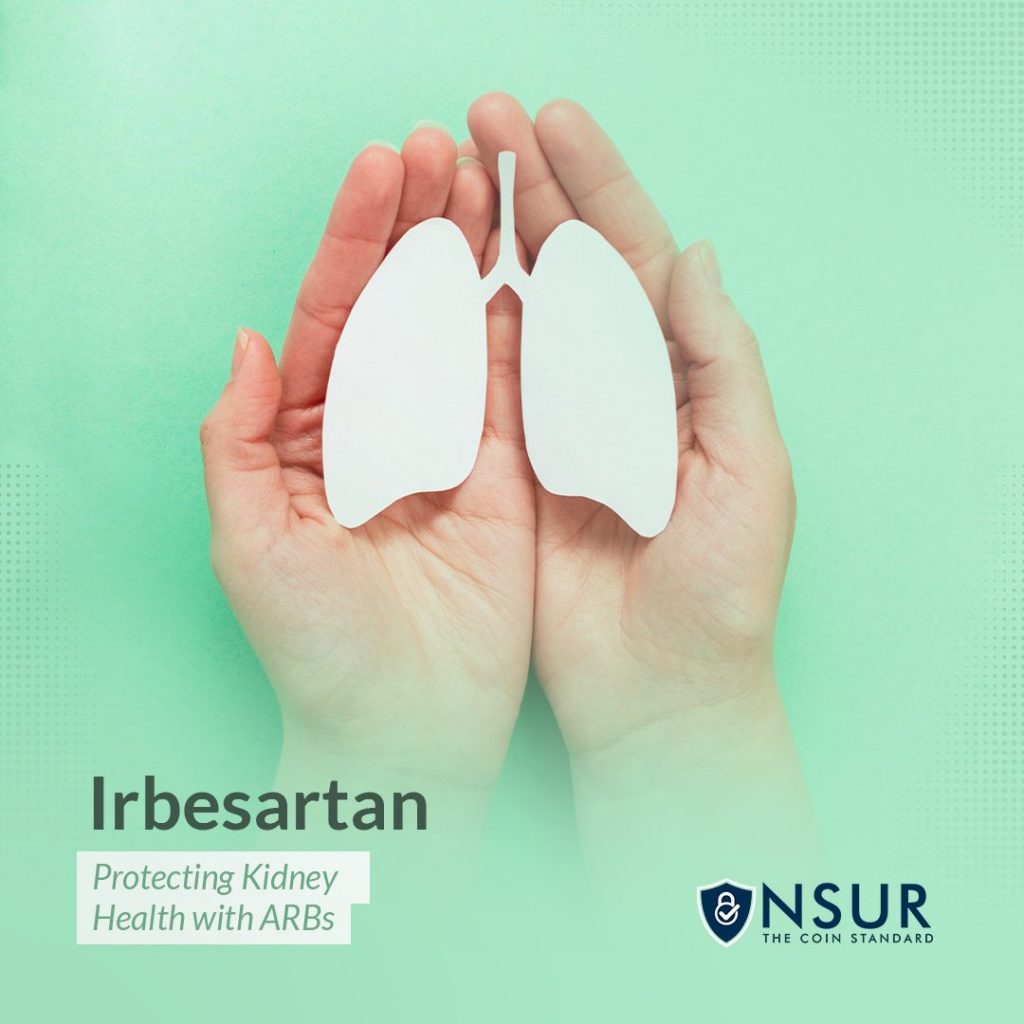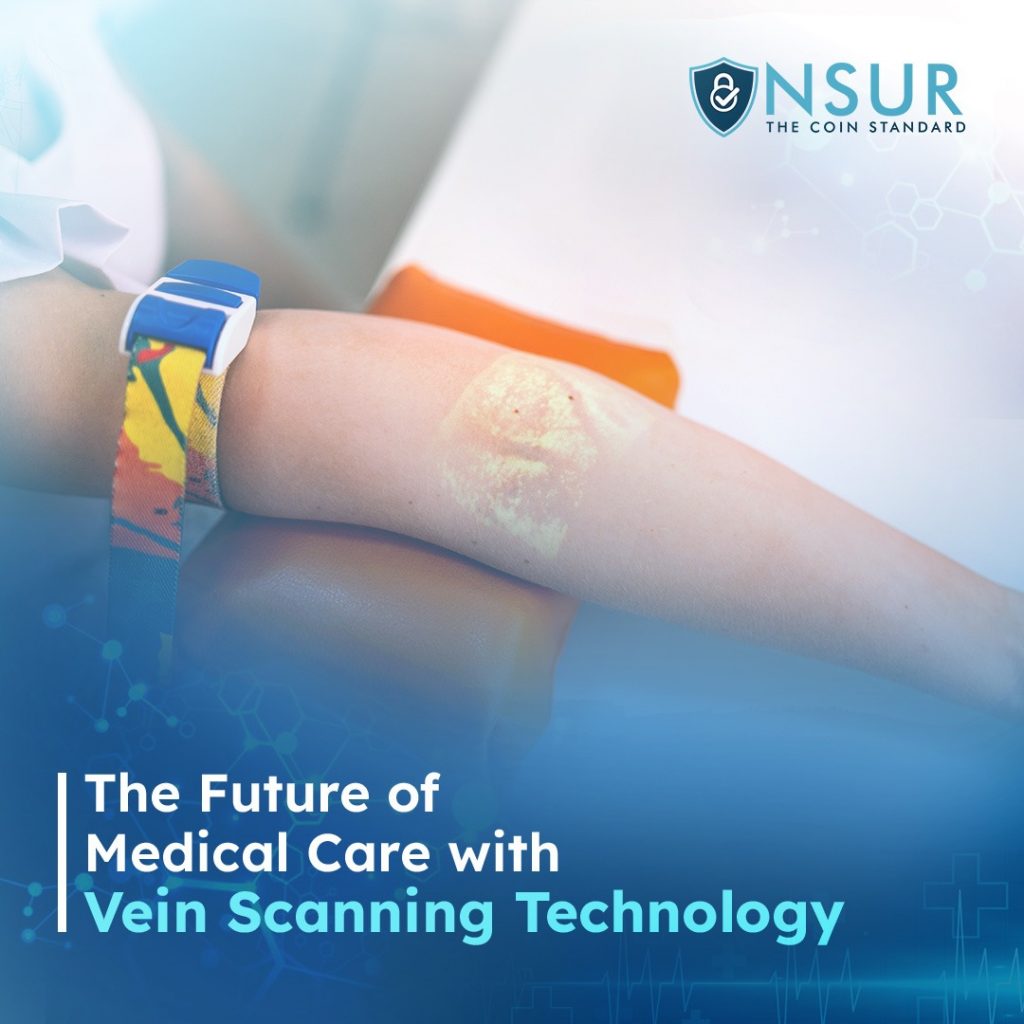
The medical field has experienced a revolution thanks to the emerging innovative technologies. Many medical devices are now widely used to monitor and manage various medical conditions such as diabetes and hypertension. Vein scanners have had a major impact on the healthcare sector, allowing doctors to diagnose and treat illnesses more accurately than before. These scanners can detect even the slightest variations in a person’s veins, which could be indicative of anything from cancer to diabetes.
Every industry has its own set of critical issues, no matter what it is. In the medical field, when it comes to administering first aid in an emergency, even a minor mistake could endanger both medical professionals and the patients. There are many different types of emergency situations that nurses and paramedics can handle, however, simple procedures such as collecting blood samples, passing cannulas, and administering intrusive doses may not always be easy.
What is a vein scanner and how does it work?
Medical devices that use near- infrared (NIR) light technology to locate veins are called vein scanners. Healthcare professionals frequently use these devices to locate veins for injections, drawing blood and other treatments. Vein finders can be worn on the wrist or held in the hand, and they radiate a beam of near-infrared light that passes through the skin and bounces off of the blood vessels beneath. An optical sensor then records the reflected light, which produces an image of the veins that can be viewed on the display screen.
Injections and needles generally cause people fear due to the pain they may cause. In such cases, vein scanning is a useful tool for medical professionals. When inserting needles accurately and quickly, using a vein finder can reduce discomfort, since it detects veins beneath the skin using infrared light. For both newcomers and experienced practitioners, this device can be useful.
Use of vein scanner in medical field
Vein finders are useful in medical facilities like hospitals, clinics, doctor’s offices but you can also find them in some pharmacies and at home care facilities. These scanners are necessary for a variety of medical procedures, such as IV access by a frontline healthcare professional, collecting blood samples by lab technician or hospital-based medical staff. AI driven vein scanners have also made it easier for medical professionals, such as nursing staff, paramedics, to track a patient’s progress over time. This allows them to keep a closer eye on changes in a patient’s health.
In short, any medical professional who performs blood withdrawal, cannulations, or intravenous infusions would benefit from a vein finder.
Benefits of using vein scanner
In recent years, vein finders have become more and more common in the medical sector.
- The best option is a vein finder, which provides excellent accuracy when taking blood samples or inserting IVs.
- They not only make vein location quicker and simpler, but they also save time.
- Since many patients are afraid of needles because they hurt and are uncomfortable, medical professionals can more precisely and quickly place needles in veins with the aid of a vein finder. This may help to reduce the associated medical procedure complications.
- They can be used on patients of all ages, including infants and the elderly, and are particularly helpful for patients with dark skin, obese,hairy and those whose veins are hard to find.
- These scanners frequently cost little money
The advantages of affordable vein scanners go far beyond providing more accurate health information. In addition to speeding up blood sample collection, they reduce the time it takes for a doctor to diagnose a patient. Physicians are able to diagnose a patient more quickly and accurately when they have more detailed information about their health.
Types of Vein scanners
There are three types of vein scanners. These scanners are also known as Vein pattern recognition system(VPR)
- Infrared vein scanner: It uses near infrared light to cast a light upon veins under the skin.
- Laser vein scanner: It makes a three-dimensional image of the veins under the skin using a low-power laser light.
- Ultrasound vein scanner: An ultrasound vein scanner produces images of veins under the skin using sound waves.
Many vein scanners have become popular in the market, including the Qualmedi QV-500 Vein Finder, NAVI-60, Nextvein V800NV, Vein Viewer Flex, Aimvein Pro 2.0. The performance of each device is optimized and precise to a high degree thanks to its specialized expertise.
Things to remember while using vein scanner/finder
A vein scanner should only be used on patients who are able to understand and follow instructions.
- Pregnant women and people with heart conditions shouldn’t use vein scanners.
- Diabetes and other conditions that may impair healing should be avoided by users of the device.
- Before each use, vein finders should be sterilized.
- It is important that medical professionals and sometimes patients receive proper training on how to use vein finders.
Conclusion
Finally, near-infrared (NIR) technology is recommended as a useful guiding device in nursing care, medical practitioners’, and student training. NIR helps identify veins for medical procedures such as venipuncture and blood sampling, improving visualization and reducing the number of needle sticks and associated pain. Vein scanners using ultrasound, laser, and infrared are available, utilizing vein pattern recognition for quick identification. AI-powered vein scanners improve medical decision-making, enable medical professionals to monitor patient progress, and allow patients easier access to their medical records for informed decisions and empowerment towards their health.


